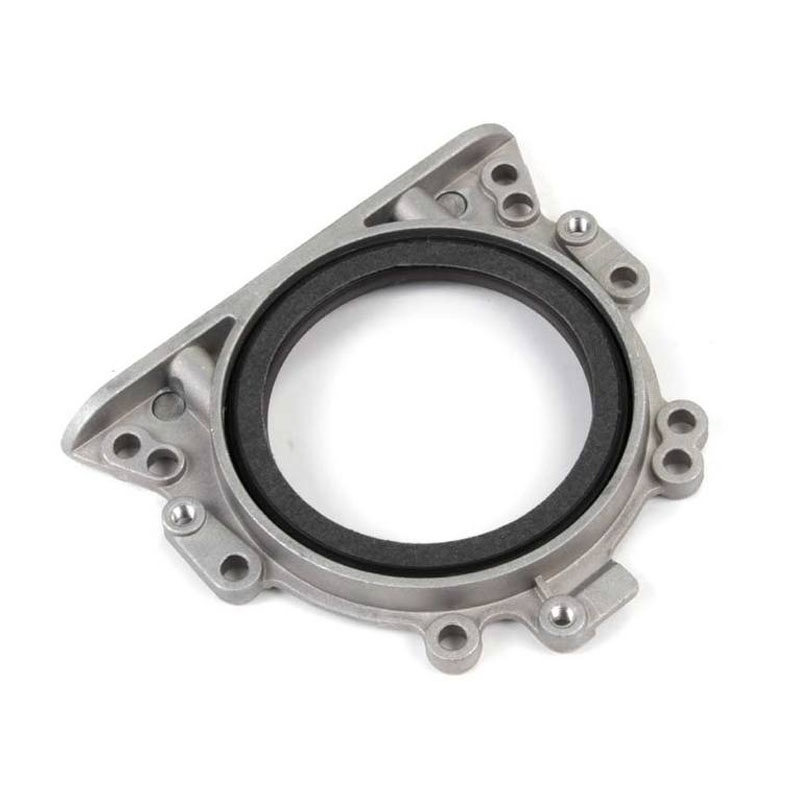engine oil plug
Understanding the Engine Oil Plug Its Importance and Maintenance
The engine oil plug, often referred to as the oil drain plug, is an essential component of any internal combustion engine. This seemingly simple apparatus plays a critical role in the overall health and performance of the engine. By taking a closer look at its function, importance, and maintenance, we can better appreciate its role in vehicle care and engine longevity.
What is the Engine Oil Plug?
The engine oil plug is typically located at the bottom of the oil pan, which collects the engine’s used oil. When changing engine oil, the plug is removed to allow old, contaminated oil to drain out completely. Once the old oil has drained, the plug is replaced and tightened to prevent leaks. The plug is usually made from durable materials like aluminum or steel, and some may feature a magnetic element to help catch metal particles that can accumulate in the oil over time.
Importance of the Engine Oil Plug
1. Preventing Oil Leaks The primary function of the oil drain plug is to seal the oil pan. A properly functioning plug prevents leaks, which can lead to a significant loss of oil. Oil leaks not only lead to decreased engine performance but can also cause extensive damage if the engine runs without adequate lubrication.
2. Facilitating Oil Changes Regular oil changes are crucial for maintaining engine health. The oil plug makes this process easy and efficient. By allowing for the complete drainage of old oil, the plug ensures that new oil can be added without mixing with the residual, dirty oil.
3. Protection Against Contaminants Some oil plugs come equipped with magnetic elements, which attract metal shavings and debris. This feature is particularly important as it helps prevent contaminants from circulating through the engine, which can cause wear and tear on engine components.
4. Cost Efficiency Regularly monitoring the condition of your engine oil and ensuring the oil plug is secure can save you money in the long run. By preventing leaks and maintaining oil quality, vehicle owners can avoid costly repairs and extend the lifespan of their engines.
engine oil plug

Maintenance Tips for the Oil Drain Plug
Maintaining the engine oil plug is relatively straightforward but crucial for optimal engine performance
1. Inspection During Oil Changes Every time you change your oil, take a moment to inspect the oil drain plug for any signs of wear, damage, or corrosion. Replace it if necessary.
2. Tightening Ensure the oil plug is sufficiently tightened after an oil change. However, be cautious not to overtighten it, as this may strip the threads or cause the plug to break.
3. Use of Gaskets Consider using a new gasket every time you replace the plug. This ensures a proper seal and reduces the risk of leaks.
4. Check for Leaks After an oil change, check the area around the oil plug for any signs of leakage. If you notice oil pooling or dripping, the plug may need to be replaced or tightened.
5. Be Mindful of Oil Type Using the correct type of oil for your vehicle is essential; different engines have specific requirements. Always refer to the owner's manual for guidelines.
Conclusion
In summary, the engine oil plug may seem like a minor component of your vehicle, but its significance cannot be overstated. By ensuring that it is maintained and functioning properly, you play a vital role in the health and efficiency of your engine. Regular checks, timely oil changes, and proper installation are all part of responsible vehicle maintenance that can save you from future headaches and expenses. Protecting this small yet crucial component contributes to a smoother drive and a longer-lasting vehicle. Whether you’re a seasoned mechanic or a curious car owner, understanding the role of the engine oil plug is a step toward better automotive care.
-
Understanding the Front Main Engine Seal: Purpose, Maintenance, and Installation
News Jul.29,2025
-
Understanding O-Rings and Seal Rings: Types, Applications, and Custom Solutions
News Jul.29,2025
-
Understanding Crankshaft Oil Seals: Rear Seals, Pulley Seals, and Their Role in Engine Integrity
News Jul.29,2025
-
The Importance of Front and Rear Crankshaft Seals in Engine Performance and Oil Management
News Jul.29,2025
-
Crank Oil Seals: Functions, Types, and Cost Considerations in Engine Maintenance
News Jul.29,2025
-
A Comprehensive Guide to O-Rings and Seals: Types, Materials, and Global Applications
News Jul.29,2025
-
Mastering Diesel and Performance Engine Maintenance: A Guide to Critical Oil Gaskets
News Jul.28,2025
Products categories















